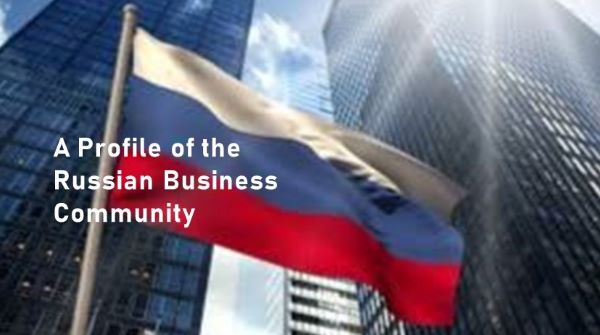According to the Federal Tax Service (hereinafter “FTS”) on July 1, 2019, there are 3,9 million active companies registered in Russia. What are the main special features of Russian business community?
- Limited liability company (LLC) is the most popular legal form (97% of all companies). Joint stocks a slightly represented: being low attractive for foreign investors and because of lack of environment for wide-sweeping private domestic investments Russian entrepreneurs do not go public.
- The number of active companies in Russia is decreasing: on July 1, 2016 – 4,8 million legal entities were registered as active, at present it comes to the reduction by 20%. This decrease is caused not by economic growth slowdown – it’s is a consequence of the ongoing campaign of “cleaning” the business environment from shell and fraudulent companies: in January-July 2019 87.6% of companies were removed from the Register based on the decision of the registration body (FTS). Only 1,1% of companies leave the market due to bankruptcy. According to the FTS on July 2019, about 150 thousand companies with attributes of a shell company are registered. A year ago, the number was twice as large and before the campaign was launched in 2017 – about 1,6 million. These significant results were achieved by granting the FTS the right to verify the accuracy of information entered in the Register particularly related to legal address, managers and shareholders data.
- High concentration of business in big cities: 19% active companies are registered in Moscow, 8% – in Saint Petersburg.
- About 60% of companies are over 5 years old. Companies at the age of 1-3 years – 17%, up to 1 year – 8%.
- In over 60% of companies shareholders with controlling shares of 50% and over are citizens of Russia. In 2,2% companies major shareholders are foreign citizens.
- In over 3,8% companies shareholders with controlling shares of 50% and over are Russian legal entities, in 0,7% – foreign legal entities, mostly registered in the Republic of Cyprus and the Seychelles. Generally speaking, only a small number of Russian companies are controlled from offshore or low tax jurisdictions, however a number of entities are very large corporations from strategic industries.
- SMEs sector includes 2,8 million active companies 2,5 million of which refer to micro-enterprises.
- Despite the large number of SMEs, Russia is a country of large corporations representing 68% of total annual turnover in 2018.
- Most companies in Russia have a positive financial performance: in 2018 73% companies were profitable and 27% were loss making.
- 26% of total number of active companies are assigned with Superior/High Solvency index Globas*, 34% – Adequate/Weak index, 31% – Unsatisfactory/Poor.
One of the core risks of business in Russia is an involuntary escape to a shadow economy: high tax burden and low profit margins force companies to artificially lower financial performance, use gray schemes and involve shell companies.
Russian companies, especially new ones, suffer from a capital deficiency. Margins are not sufficient to support expansion. The only solution in this case are borrowing funds, but interest rates offered by banks for business are rather high and for start-ups there is no chance of getting funding at all.
An acute shortage of capital and the inability to borrow causes business instability. Lack of funds, competition, external negative factors can lead to significant losses and ultimately to a company’s exit from the market.
Undeniably, Russian companies appear to stay ahead of the game by their ability to adjust to negative circumstances caused by political and economic instability.
 *Globas – Information and Analytical https://globas.credinform.ru/en-GB/Home/Auth – online solution covering up-to-date business information on all Russian companies and sole entrepreneurs including user-friendly interface, monitoring and analytical tools.
*Globas – Information and Analytical https://globas.credinform.ru/en-GB/Home/Auth – online solution covering up-to-date business information on all Russian companies and sole entrepreneurs including user-friendly interface, monitoring and analytical tools.
Source: Credinform – Russian provider of company credit reports – online & freshly investigated.


























